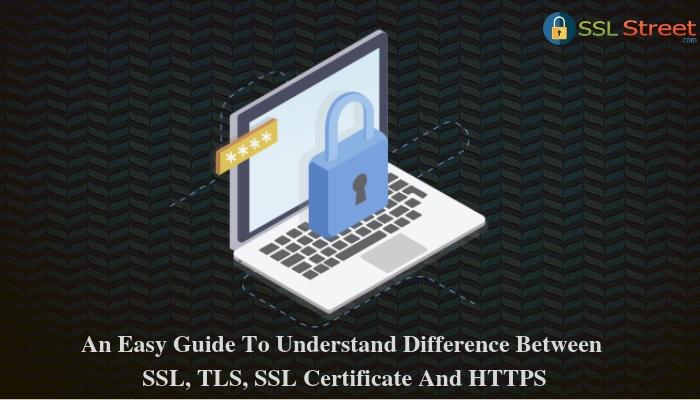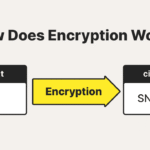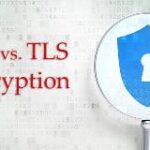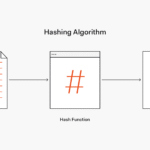In the vast digital expanse we traverse daily, a myriad of terms often pop up—SSL, TLS, HTTPS, and certificates. Have you ever wondered how these components work in concert to keep your online exchanges secure? This query may seem innocuous, but the underlying concepts are integral to understanding the architecture of modern internet security.
To commence our exploration, let’s tackle the acronym SSL, which stands for Secure Sockets Layer. Developed in the mid-1990s by Netscape, SSL was a pioneering technology designed to create a secure, encrypted link between a server and a client (often a web browser). Picture this as a digital handshake, one that establishes trust between the two parties before any sensitive information is transmitted. While SSL laid the groundwork for securing data, it has since evolved, and its successor, TLS (Transport Layer Security), has taken center stage.
But why the shift from SSL to TLS? The transition was necessitated by inherent vulnerabilities discovered within the SSL protocol. TLS, which formally emerged in 1999, rectifies many of these security shortcomings and introduces robust encryption methods. Think of TLS as an upgraded shield; it not only protects data from prying eyes but also ensures the integrity of that data, verifying that it hasn’t been tampered with during transmission. As such, when you come across the term SSL today, it often colloquially refers to both SSL and TLS, given that the latter has largely replaced the former.
Now, entering the realm of HTTPS—an acronym that stands for Hypertext Transfer Protocol Secure—brings us closer to the experience that users engage with when navigating websites. HTTPS is essentially the secure version of HTTP, employing TLS to encrypt communications. Imagine you’re sending a postcard versus a sealed envelope: while the postcard can be easily read by anyone who intercepts it, the sealed envelope hides the contents securely. HTTPS transforms the seemingly innocuous exchange of data on the web into a confidential correspondence, safeguarding your interactions from potential threats.
However, it doesn’t end here. To ensure that HTTPS can wield its protective powers effectively, the role of certificates becomes crucial. An SSL/TLS certificate is a digital document that authenticates the identity of a website and enables encrypted connections. When you visit a site secured with HTTPS, your browser undertakes a series of checks to validate the certificate presented by the server. This process includes verifying the signature and the issuer’s authority, ensuring that the site you are communicating with is indeed who it claims to be. It’s akin to showing your ID before gaining access to a highly secure facility; only those with legitimate credentials can enter.
Now, let’s delve deeper into why certificates are indispensable in this ecosystem. Without them, the entire framework of trust falls apart. For instance, consider a scenario in which a malicious entity impersonates a legitimate website. Without a proper certificate, your browser would have no way of differentiating between authenticity and deceit, potentially leading you to divulge sensitive information unwittingly. Thus, SSL/TLS certificates serve as a bulwark against such fraudulent attempts, fortifying the internet’s security standards.
Certificates come in various types, each serving different purposes and levels of validation. Domain Validation (DV) certificates are the most basic form; they verify that the applicant has control over the domain, signaling a foundational level of trust. On the other end of the spectrum lies Extended Validation (EV) certificates, which undergo extensive vetting processes before being issued. These certificates are particularly favored by e-commerce platforms and financial institutions, as they prominently display the organization’s name in the address bar, signifying a heightened degree of trustworthiness to visitors.
It’s crucial to recognize that simply using SSL/TLS or HTTPS isn’t a panacea for all security woes. Cyber threats evolve rapidly, often finding ways to penetrate protective measures. For example, the notorious Heartbleed vulnerability once exploited a weakness in the OpenSSL library, allowing attackers to access sensitive information despite the presence of secure protocols. This underscores the importance of maintaining up-to-date software and ensuring that practices surrounding digital security are continuously refined.
Therefore, as individuals and organizations navigate the complexities of the online landscape, staying informed about these protocols and certificates can present a formidable challenge. The task involves not merely understanding how to implement them but also discerning when to upgrade or modify practices in the face of emerging threats. Regular audits, ongoing education, and active engagement with the latest security advancements are vital strategies to reinforce a robust defensive perimeter against potential digital intrusions.
In conclusion, the intricate interplay among SSL, TLS, HTTPS, and digital certificates constitutes the bedrock of secure online communication. As we delve deeper into the digital age, awareness of these elements will undoubtedly empower users to safeguard their data more effectively. Looking ahead, the pursuit of enhanced security measures and innovative technologies will persist, continually reshaping the landscape of online interactions. Embrace this knowledge, for it equips you to face the challenges of the digital frontier with greater confidence.









Leave a Comment